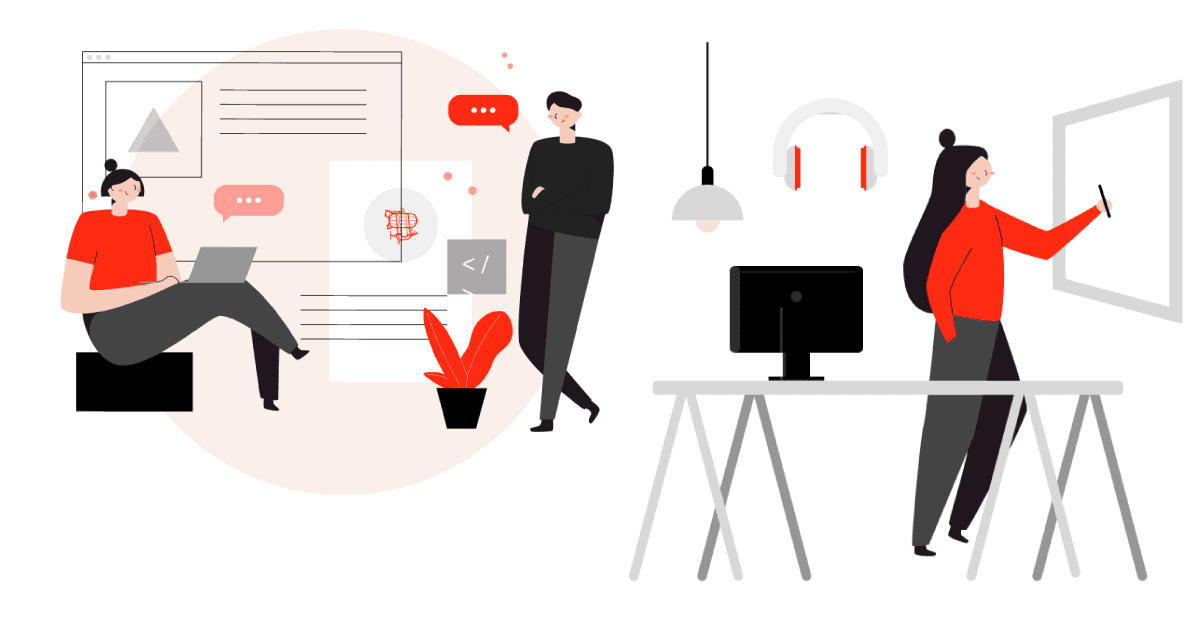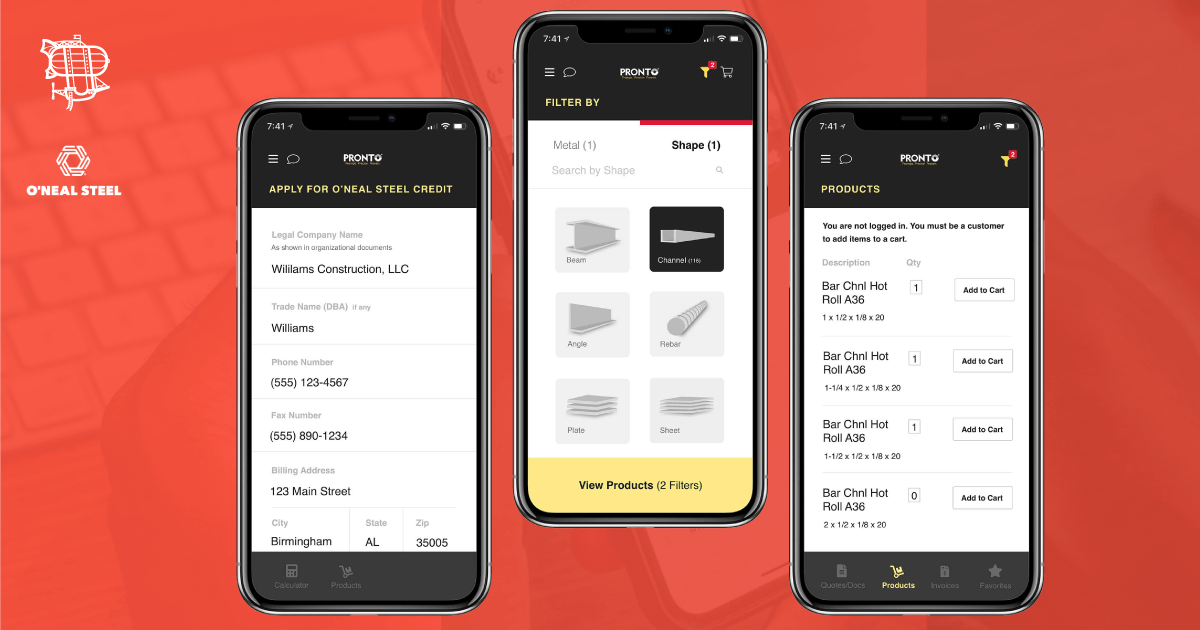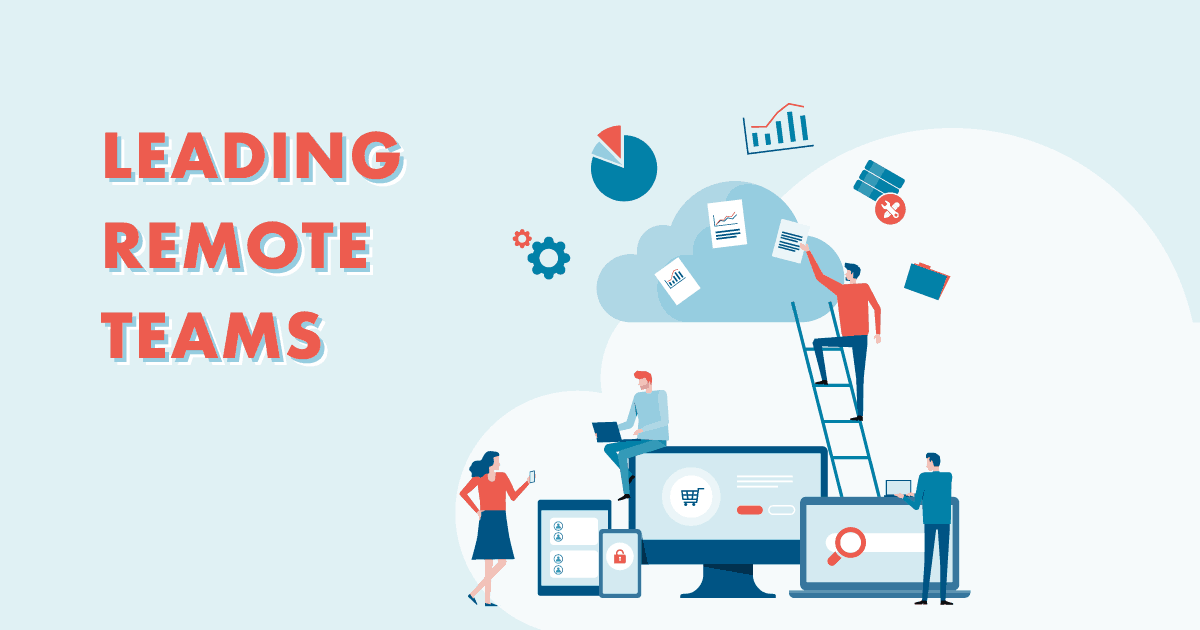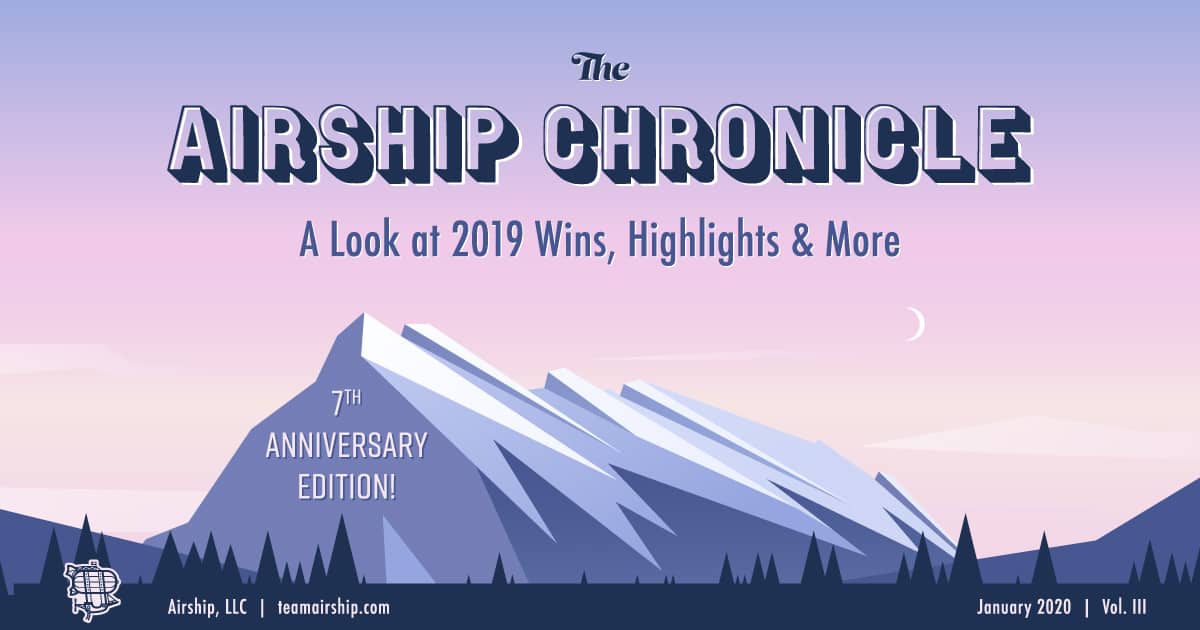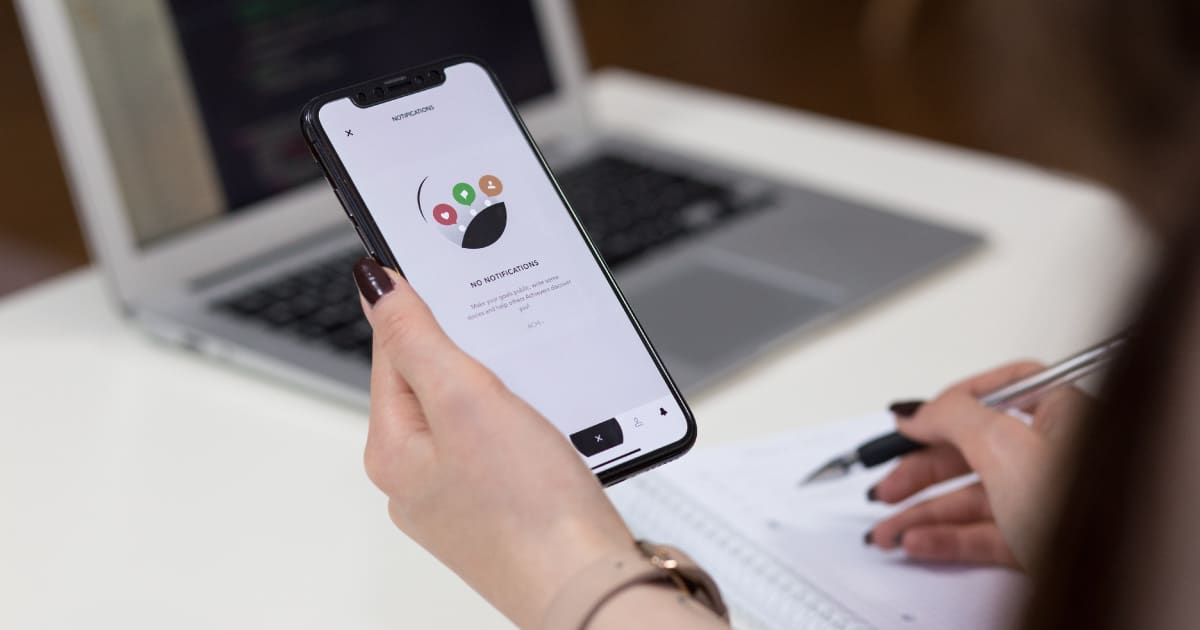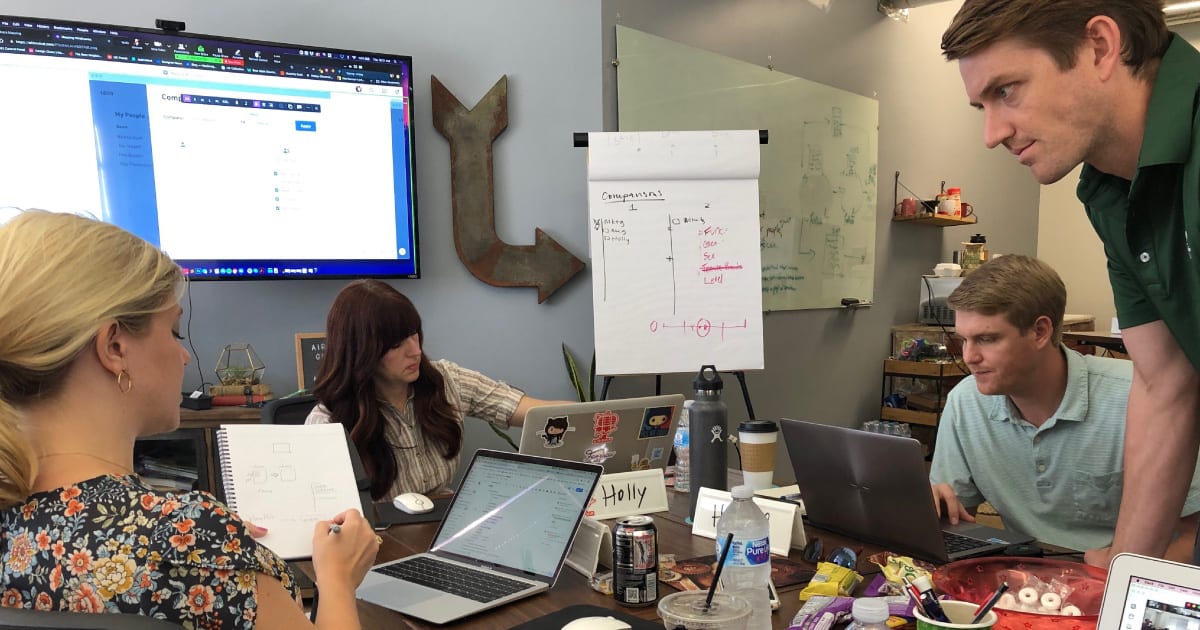Airship is a remote-first company with clients and crew members across the country (13 states and 4 ...
- Code (35)
- Tech (32)
- Leadership (27)
- Best Practice (21)
- UX Design (18)
- Airship News (14)
- Industry (14)
- Birmingham (11)
- Process (11)
- Products (11)
- Ruby (7)
- Tools (7)
- Hiring (6)
- React Native (5)
- Open Source (4)
- DEI (3)
- Maintenance (3)
- Uncategorized (3)
- Accessibility (2)
- Git (2)
- User Research (2)
- Mobile (1)
Recently, I checked in with our friends at O’Neal Steel to see how they are weathering the current ...
Many people are surprised about what's involved in maintaining a custom software application (what ...
The webinar, "Leading Remote Teams," was recorded live on March 26, 2020. We have included a ...
As communities do their part to flatten the curve during COVID-19, we are seeing great examples of ...
This case study on the real-world application of user feedback for product improvements was ...
Since the day we first began developing custom software, Airship has come a long way — and we owe ...
Global mobile app revenue is projected to reach $188.9 billion by 2020, an increase of more than ...
A minimum viable product (MVP) is a no-frills version of your product with the core features needed ...
We sat down with Luke Richardson, Lead Opportunity Explorer at Airship, to discuss the common ...

Start with: What problem are you trying to solve?
One of the activities we work through revolves around refining your problem statement. A problem statement is the key business problem that needs to be solved. In software development, it states “what has to be done” for a project to succeed. It does not say, “how it has to be done.”
We use the 5W’s + 1 H format as well as the SMART Framework when establishing a problem statement. In fact, you can draft your own problem statement by using our free download. This download will get you thinking through some of the questions and answers prior to starting your project.

